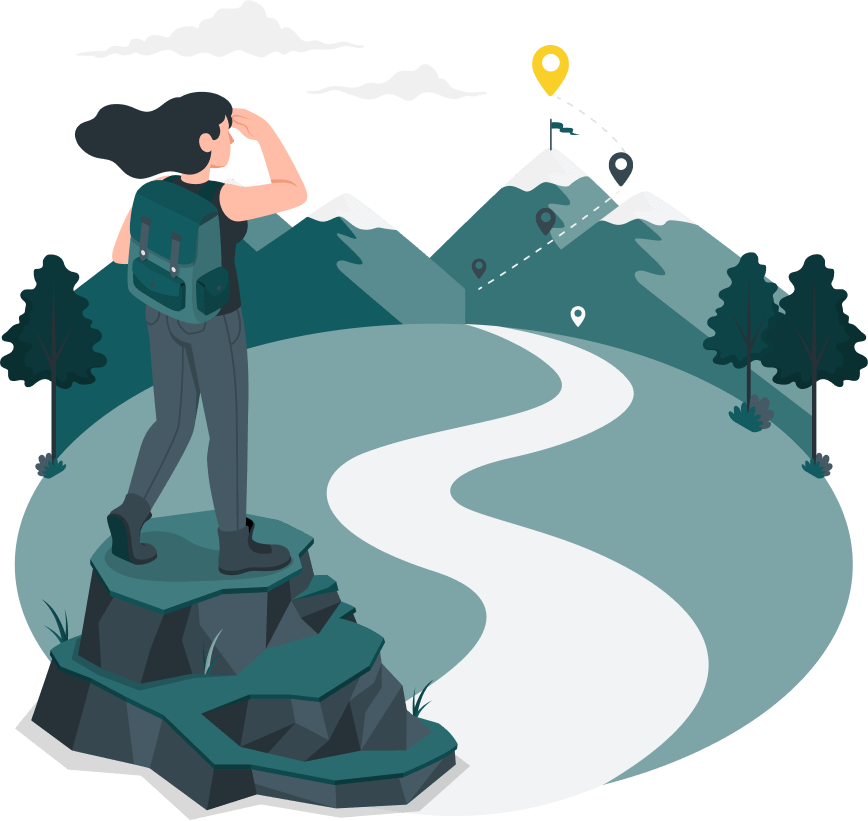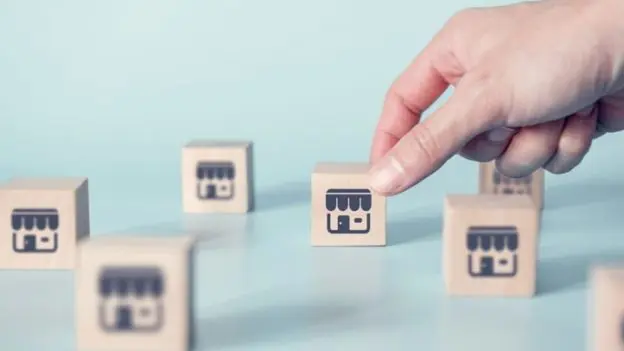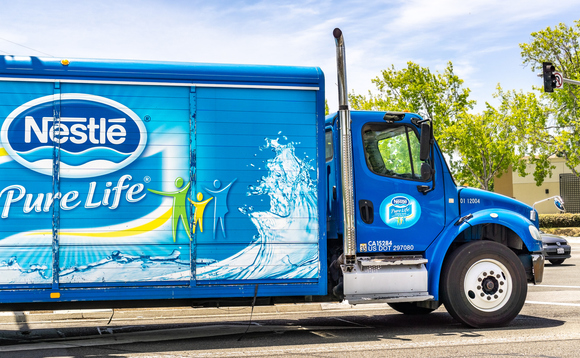Small steps add up at Branding Iron Holdings
Making the business more climate-friendly was not an expressed goal of the protein product company, Branding Iron Holdings, in 2022. At the time, the quality team was centered on ensuring every product in their facilities was of the highest quality– a focus that required paying special attention to ingredients, equipment, and operations.
“It started off very small– when we were already looking at renovations and equipment, we started also asking, ‘Is this the most sustainable it can be?’” says Director of Quality and Sustainability, Kristine Johnson, as she remembers the team’s early work of upgrading processing facility lighting with more efficient and sustainable versions. In her mind, asking these questions was a natural extension of her team’s work, which extended into analysis of waste, including projects like determining how to divert rejected goods or damaged bags of ingredients from landfill.
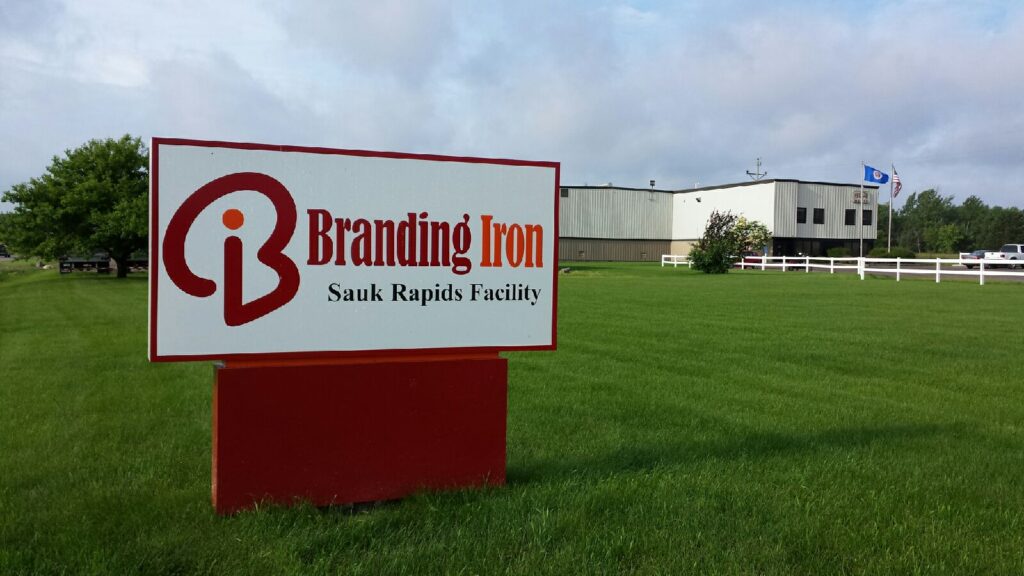
It also dovetailed nicely with the fact that other parts of the business, namely sales and marketing, were often being asked about Branding Iron’s sustainability commitments. Among private label customers, requests to reduce non-recyclable packaging and increase zero landfill packaging are gaining momentum. Customers have also increasingly been asking for packaging that is smaller and utilizes non-laminated or non-coated films and does not contain particular dyes for printed graphic boxes or cartons.
“It’s become a desire to meet a customer need, either to keep business we’ve had for years or to gain new business that we’ve bid on where they’ve come back and said, ‘we need to know that you’re going to make sustainable choices, because we want to be able to say in our marketing that sustainability is important to us.’”
Not all products and packaging types have alternatives, and Johnson has found that their customers understand that. They’ve been able to find flexibility in making commitments and taking steps that make sense for their organization.
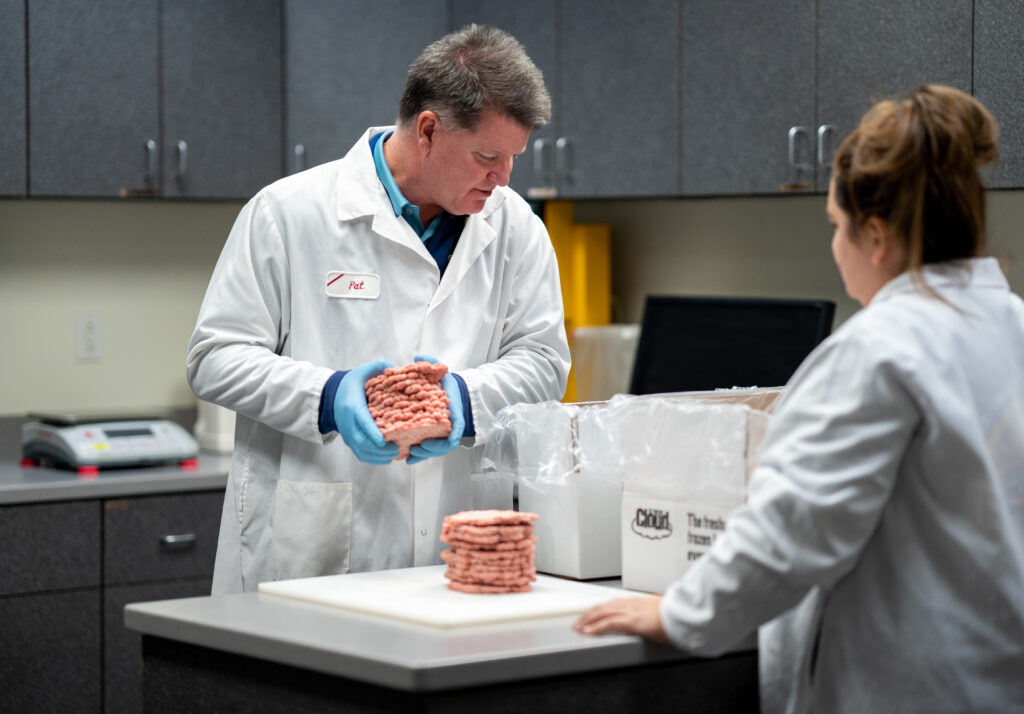
“Everyone I’ve talked to has been receptive to the idea that if we can’t make a 10% commitment, we might be able to make a 2% or 5% commitment, especially because we’re actively talking with our suppliers about their own commitments.” Engaging in these conversations with suppliers has been helpful, Johnson says, in starting a conversation about packaging transition that might not only be good for their end customers but might yield cost savings for the suppliers themselves.
“Maybe it’s going to cost a penny more a box, and maybe you need to ask whether you can eliminate plastic and get a wax coated box. Maybe it’s not feasible, but you have to at least ask the question and do the analysis, because maybe there’s savings or value add.”
All of these small forays over the course of two years have helped advance the internal conversation about Branding Iron’s climate footprint and open the door to the next step: determining what their overall climate footprint actually is.
“We completed our Scope 1, 2, and 3 carbon footprint measurement for our three plants, and we’re just completing a target setting course,” Johnson reports. The next step is establishing the feasible projects within our facilities to gauge where we can make the most meaningful impact.
Branding Iron found several resources on the SME Climate Hub particularly helpful in their sustainability work. “The resource tab with the short courses and the carbon calculators have been the most helpful throughout this process,” says Johnson. “These tools have helped simplify the very difficult process of getting our arms around carbon foot printing.
Looking through the records during the early scoping steps revealed that there were cost-savings on the table even in the warehouse. After reviewing the data, the team realized that by switching to 100% rechargeable battery-operated forklifts, they could both save money on fuel and reduce fossil energy use in their warehouses.
“As we move into the target setting phase and evaluate future projects, I am certain the SME Climate Hub will continue to be a valuable resource with its many published surveys, stories, and case studies.”
“Climate action is a continuous process. Our sustainability program will grow and develop and change over time as our company does. There is no finish line. It’s a journey. »
Are you a food/beverage manufacturing company looking to take action?
The SME Climate Hub has developed a curated space to empower small and medium-sized businesses in the food and beverage manufacturing sector to improve sustainability, cut costs, and future-proof your business.
These 30-minute courses are free for SMEs and were designed in consultation with small businesses and sector experts.
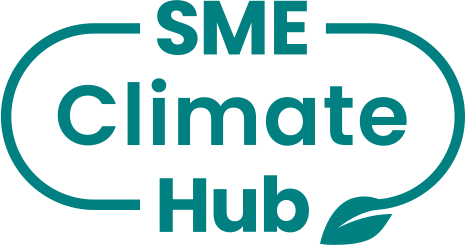
 Retourner
Retourner